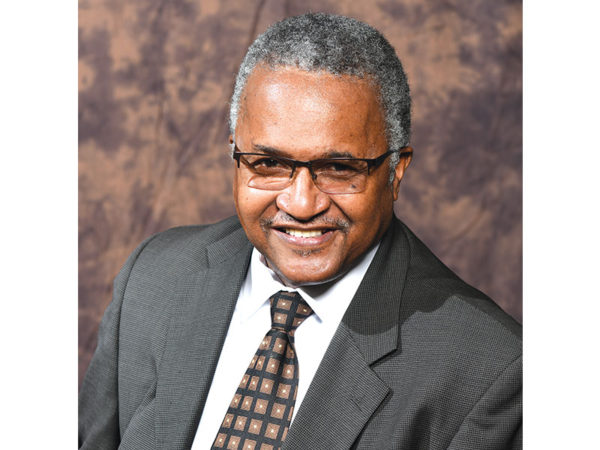The Supreme Court’s ruling on affirmative action has the potential to impact all three Northeast Louisiana universities. However, the impact on Grambling State University, a historically Black college, may be oddly significant because Grambling has the least diverse student population of them all.
Grambling State University was founded in 1901 to provide educational opportunities for Black students who were denied access to white colleges and universities. Today, Grambling State continues to play an important role in educating Black students and preparing them for leadership roles in society.
Schools trying to attract underrepresented groups often rely on affirmative action to attract others.
In Northeast Louisiana, the only state university that may need affirmative action tools is Grambling State University because it has the lowest number of underrepresented groups in its student body.
As of 2020, the Integrated Postsecondary Education Data System reported that 90.5 percent of GSU students were black, with only a sprinkling of other underrepresented groups. There were approximately 41 white students out of a total of 5,438 students, or.75 percent.
How does that compare to others?
The same 2020 study showed Louisiana Tech was predominately white (71.3%) with 11 percent Black students. There were 1,230 black students out of a total of 11,126.
The University of Louisiana at Monroe had 62.4 percent white students and 22.7 percent Black Students. There were 1,948 black students out of a total of 8,615 students.
Louisiana State University had 65.6 percent white students and 14.7 percent Black students. There were 5,028 black students out of a total of 34,224 students.
Southern University in Baton Rouge had 90.8 percent black students and 2.7 percent white students. There were 226 white students out of a total of 8,317 students.
This sampling shows affirmative action could benefit Grambling State University more than others in diversifying its student population.
The Supreme Court’s ruling also presents some opportunities for Grambling State. For example, the ruling could encourage the university to seek new and innovative ways to attract and retain students from underrepresented groups.
The Supreme Court’s ruling is a setback for affirmative action overall, but it is not a death knell. HBCUs like Grambling State will need to be creative and innovative in order to continue to attract and retain students from underrepresented groups.
There is a final consideration: The Supreme Court decision probably won’t affect any HBCUs because most have always had a bootstrap approach to admissions that welcomes all, regardless to race, creed, or color. They have no slots or set-aside numbers. HBCUs attract mostly Black students, but they don’t give preference to Black students over any other race.
While GSU may have the lowest percentage of other-race students in its population, this is not by design.
For GSU and other HBCUs, the Supreme Court’s ruling is mostly “much ado about nothing.”


